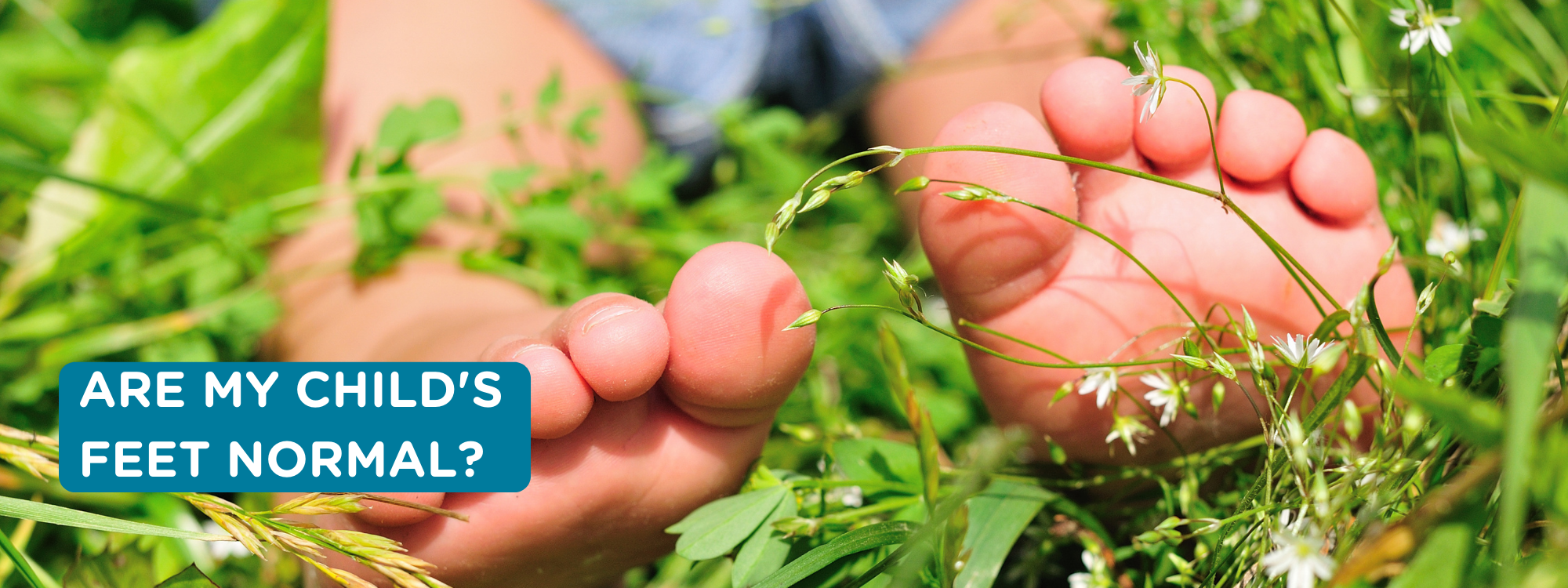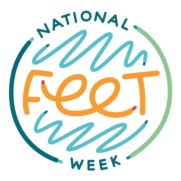
Children’s feet can often cause concern and Podiatrist’s are regularly asked what is normal when it comes to young feet. The most common concern is flat feet and if this may become a problem later in life. Most children don’t develop an arch until they’re around 3 to 4 years old and therefore, many are born with flat feet.
There are two types of flat foot, flexible and rigid.
The majority of children will have flexible flat feet and the arch will continue to develop as the child grows. Flexible flat feet don’t usually cause any problems and treatment isn’t required unless there are specific symptoms such as:
- An outward tilting of the heel
- Changes in their gait (walk)
- Pain, tenderness or cramping in their feet, knees or legs
- Difficulty tolerating shoes
- Withdrawal from regular activities due to discomfort.
Occasionally, a flat foot can be rigid which is caused by the bones in the foot either joining together or being badly aligned restricting movement and causing discomfort. An X-ray may be required to confirm a diagnosis.
So, how do we determine a child’s foot type? If your child is able to stand on their tiptoes, ask them to do so. If an arch appears on their feet, they probably have a flexible flat foot. If an arch does not appear, they may have rigid flat feet. If your child isn’t able to stand on their tiptoes, place a foot in your hand and gently life the big toe upwards. Look at the arch – has there been a change in the shape? If so, this is probably a flexible flat foot and the arch should develop with time.
If you are unsure or have any concerns, it would be beneficial to make an appointment with a Podiatrist. For flexible flat feet, treatment is not usually required unless there are any symptoms. Rigid flat feet usually need a supportive orthotic insole which can be prescribed by a Podiatrist and will fit into their shoe to reduce any pain that they are experiencing. Orthotic insoles are nothing to be concerned or afraid of, they are designed to support the foot by holding it in a better position during the growth period.
